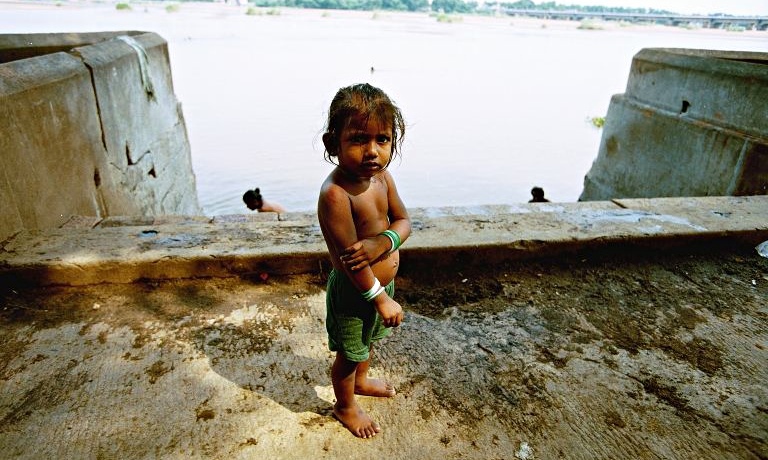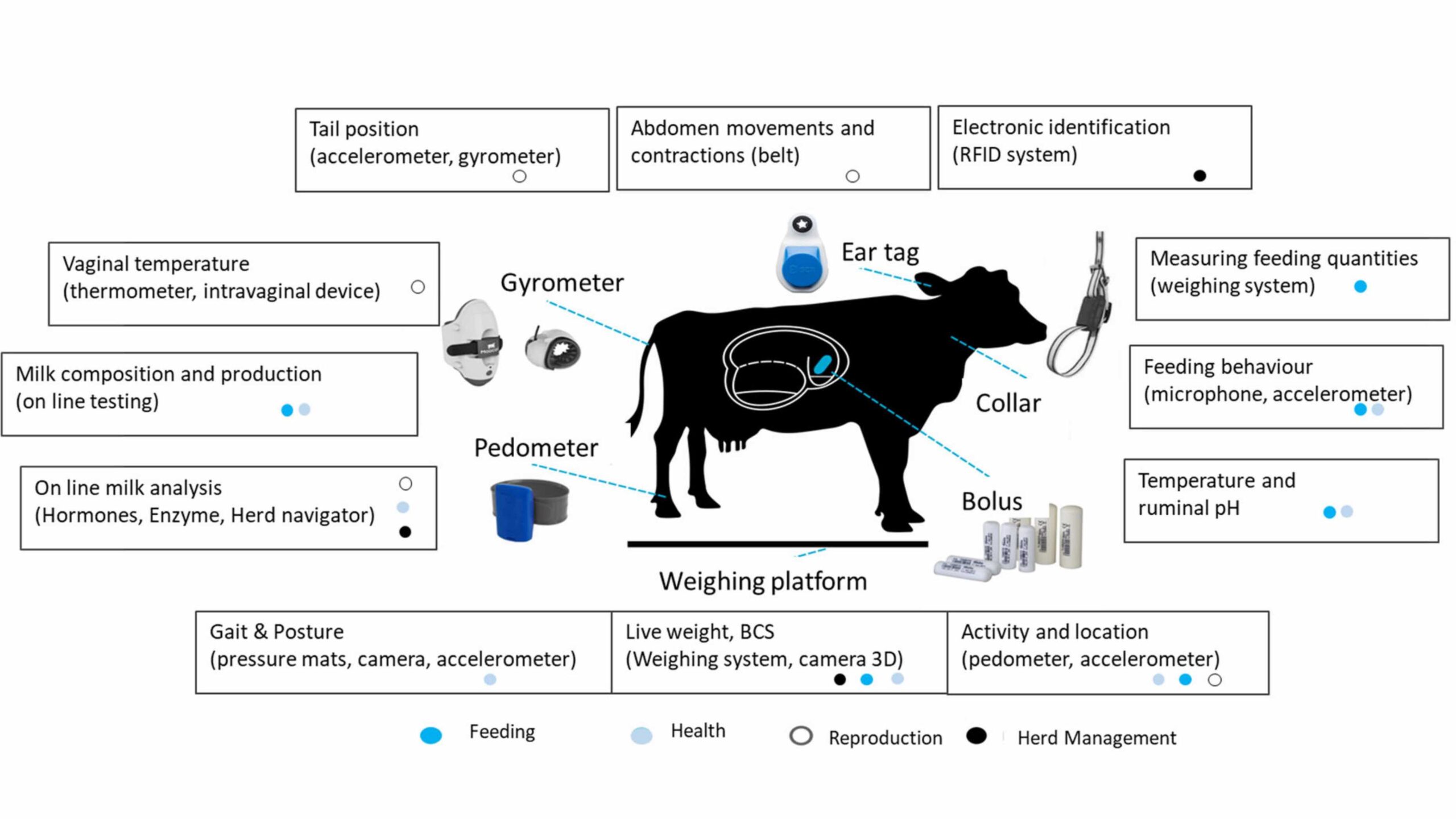This blog story by IFPRI senior researcher Lawrence Haddad was originally posted on The Guardian’s Global Development Professionals Network.
Approximately 160 million children under the age of 5 are stunted. This means they are failing to grow well and lack of height can be a marker of a whole range of developmental setbacks including cognitive impairment.
The 2013 Lancet series on maternal and child nutrition confirmed that to reduce stunting we need three things: an enabling environment for political commitment; a scaled-up series of cost-effective nutrition interventions and robust underlying drivers (food security, empowered women and a supportive health environment). What will it take to get the number of stunted children to below the World Health Assembly targets (100 million by 2025), which are likely to be incorporated into the post-2015 sustainable development goals?
A new working paper from the Institute of Development Studies has looked at data from 116 low and middle-income countries from 1970 to 2012. We found that access to safe water (20%) and improved sanitation (15%) explained 35% of the variation in stunting rates across countries and time periods. This reflects two things: the fact that water and sanitation are strongly linked to stunting reduction, and that both water and sanitation coverage have increased strongly in the past four decades.
Improved water access now stands at approximately 90% while improved sanitation is at approximately 55% – a signpost that sanitation should be a priority. But we shouldn’t forget about improving water access: the 90% is an average – some countries have numbers far below this (Kenya at 62%) – and investments need to be made to simply maintain that access and continue to improve its quality.
However, lack of access to sanitation seems to be the main constraint for many countries. If people are suffering (either from diarrhoea or via environmental enteric dysfunction) due to poor disposal of faecal matter, then this will undo much of the good that improved diet and care does for growth.
Open defecation has received a lot of attention recently as a result of the work of Dean Spears, Robert Chambers and others. This recognition is in part because of the extent of open defecation (over 50% in India, according to Unicef) and partly because of the increased recognition that it can have a negative effect on households in the same community, even if they use toilets.
But reducing open defecation is not only about spending money on access to toilets, it is also about changing behaviours. A recent survey by the Research Institute for Compassionate Economics showed that even among households that have functioning toilets, as many as 40% have a household member who still defecates in the open. When asked why, they said that they preferred it; it was part of their tradition and they perceived it to be healthier. The new Modi government in India has pledged to ramp up toilet construction with subsidies, and this is part of the solution, but behaviour change is necessary for this scale-up to be successful.
Because of the public goods nature of access to improved water and sanitation (private income can take you only so far – there needs to be a functioning public drain, sewer and treatment system), government leadership and effective functioning is vital. In an echo of the conclusion of Amartya Sen and others that democracy reduces the likelihood of famine due to improved information flows and pressure on government, our 116-country study finds that improved governance is a significant spur to improved water and sanitation coverage. Perhaps this is because the absence of these services is so visible.
Water and sanitation have long been the orphan sectors in development. Through a partnership with a fellow orphan issue, undernutrition, all three will hopefully remain high on the development agenda in the next decade. Given the massive potential for improved scope, sanitation is key to unfettered child growth.







